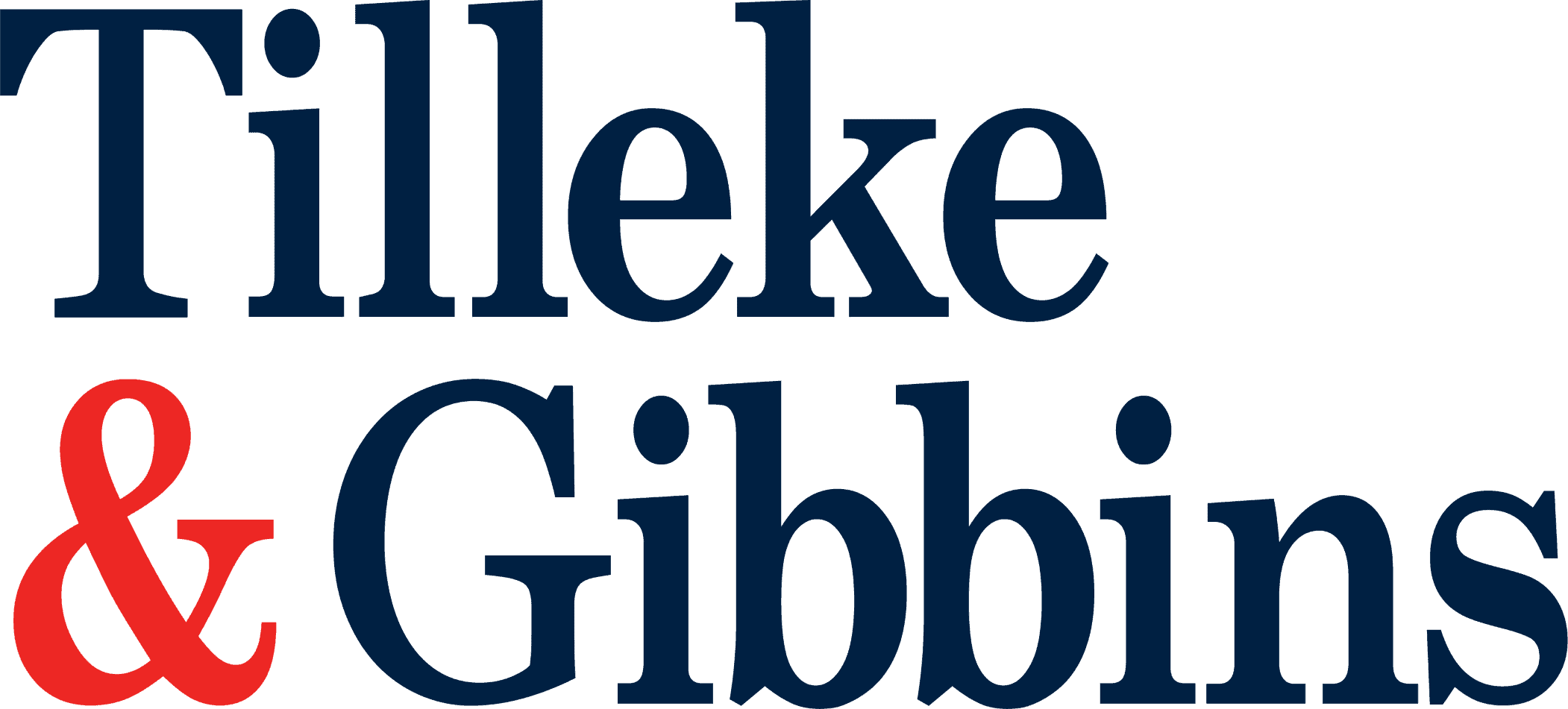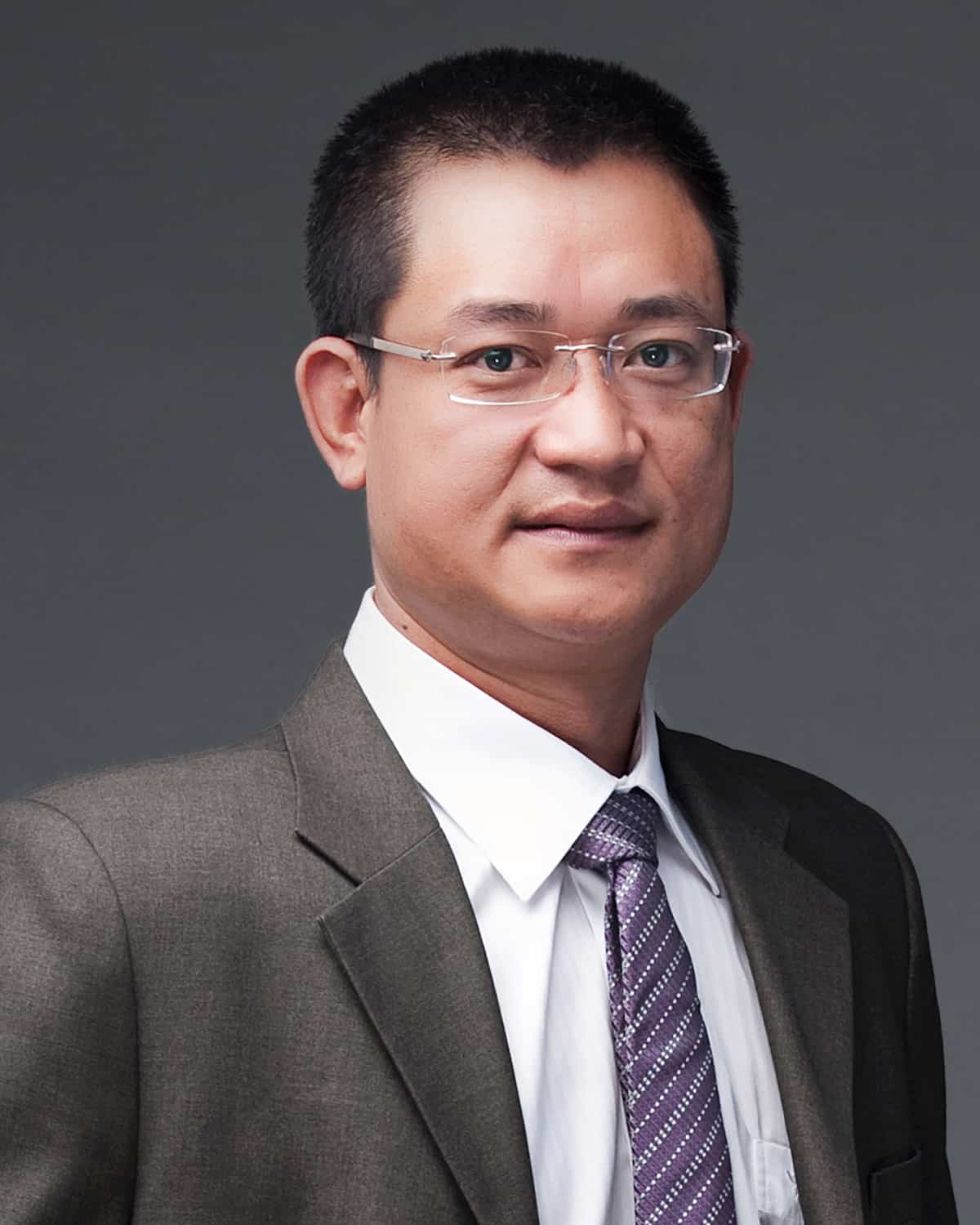
Under Vietnam’s intellectual property law, patent protection is available for both inventions and utility solutions. Both must meet novelty and industrial applicability criteria to qualify for protection, but utility solutions, unlike inventions, do not need to prove an inventive step. They must simply be “not ordinary knowledge.” As the patentability criteria are less stringent, the term of protection for a utility solution is not as long as for an invention.
What is called a utility solution patent in Vietnam goes by different names in other countries, such as utility model (the original term in the Paris Convention), innovation patent, petty patent, or utility certificate. The regulations may also differ from country to country. In seeking patent protection by means of utility solution in Vietnam, applicants should consider the following points.
1. Overall
While some countries restrict protection by utility solution to certain types of technical solutions, there is no such restriction in Vietnam. Accordingly, any fields—chemical processes, for instance—that are eligible for invention patents are also eligible for utility solution patents.
In turn, it is not unusual in Vietnam to file an application for utility solution claiming priority to an invention application, and vice versa, under the Paris Convention. Also, a PCT application can enter the national phase in Vietnam as a utility solution application.
Because of the similarity of utility solutions and inventions, there is no overlap between utility solutions and designs. Further, it is not possible to file a design application in Vietnam claiming priority to a utility patent application.
During prosecution, a patent application for invention may be converted into a patent application for utility solution, and vice versa, either as a voluntary conversion or response to an office action (normally objecting to the inventive step of the application).
2. Application and Timelines
The application documents for utility solutions, including the patent specification, are the same as those for inventions. The application will be examined as to formalities, published, and substantively examined. There is no alternative for the procedure.
The fees are also the same. Therefore, the filing of a utility solution application is not a measure to seek patent protection with a lower fee.
The most significant differences between utility solutions and inventions are that (1) a request for examination of a utility solution must be lodged within 36 months from the priority date, compared to 42 months for invention, and (2) the protection period for utility solutions is only 10 years from the filing date, compared to 20 years for inventions.
Because of the short protection term and the fact that, under the regulations, the time period for issuing examination results for utility solutions is 18 months (the same as for inventions), public comments have been raised for Vietnam to consider changing the system from an examination system to a no-examination system. However, there have been no signals showing that the system will be changed. Instead, the patent office tends to handle utility solution applications sooner, so that the patents would be granted sooner.
One technique applicants can use to shorten prosecution time is to file a request for early publication. In general, a non-PCT utility solution application will be published in the 19th month from the priority date, and substantive examination will only start when the application is published; therefore, such request is advisable.
3. Substantive Examination
For a utility solution application to be patented, it must satisfy three requirements: (1) novelty, (2) industrial applicability, and (3) not being ordinary knowledge. (As previously mentioned, an inventive step is not required.)
While the novelty requirement is clear (absolute novelty, worldwide), the requirement of not being ordinary knowledge is not clarified in the legal documents. The Vietnam Guidelines for patent examination provide only an example of a solution that would be considered ordinary knowledge: “The subject-matter claimed is a method of protecting a steel structure by covering the surface of the structure with anti-rust paint.” Though this requirement is inherently subjective, the implication is that the solution must be “unusual” to some degree, and not something that can be easily observed.
The Vietnamese examiners often consult foreign examination results for corresponding applications when examining Vietnamese applications. However, many countries do not substantively examine utility solutions, so the consultation is limited. Therefore, if the applicant obtains a patent granted on a corresponding application in a country where utility solutions are substantively examined, the applicant should provide the information on the patent to the Vietnamese patent office to accelerate the examination in Vietnam.
4. Situation in Vietnam
Vietnam’s capacity for technological innovation, while improving, is not yet strong, with many small and medium-sized enterprises engaged in “mature” industries like agriculture and food processing, where the pace of innovation is relatively low.
This can be seen in the main fields for patent applications filed by Vietnamese applicants (fields with more than 70 applications filed in 2018), which are, according to the International Patent Classification (Source: IP Office of Vietnam):
- A01: Agriculture; forestry; animal husbandry; hunting; trapping; fishing
- A23: Foods or foodstuffs; their treatment, not covered by other classes
- A61: Medical or veterinary science; hygiene
- C12: Biochemistry; beer; spirits; wine; vinegar; microbiology; enzymology; mutation or genetic engineering
- E02: Hydraulic engineering; foundations; soil-shifting.
In these fields, protection of utility solutions is often appropriate. Meanwhile, companies in high-tech areas like information technology and electronics—a higher percentage of which are foreign companies—are more likely to seek invention patents.
The statistics in the table below clearly reflect this—while foreign applicants file the vast majority of all invention applications, domestic applicants file almost two-thirds of all utility solution applications. (It should be noted, however, that Vietnamese invention applications are increasing at a greater rate than foreign applications.)
Patent Applications Filed in Vietnam in 2018 (Source: IP Office of Vietnam)

Summary
In sum, due to the many similarities to inventions, including the fees, utility solutions in Vietnam should only considered as a measure to seek patent protection for technical solutions not meeting the inventive step requirement. In all other respects, invention patents provide an equivalent or better option.
